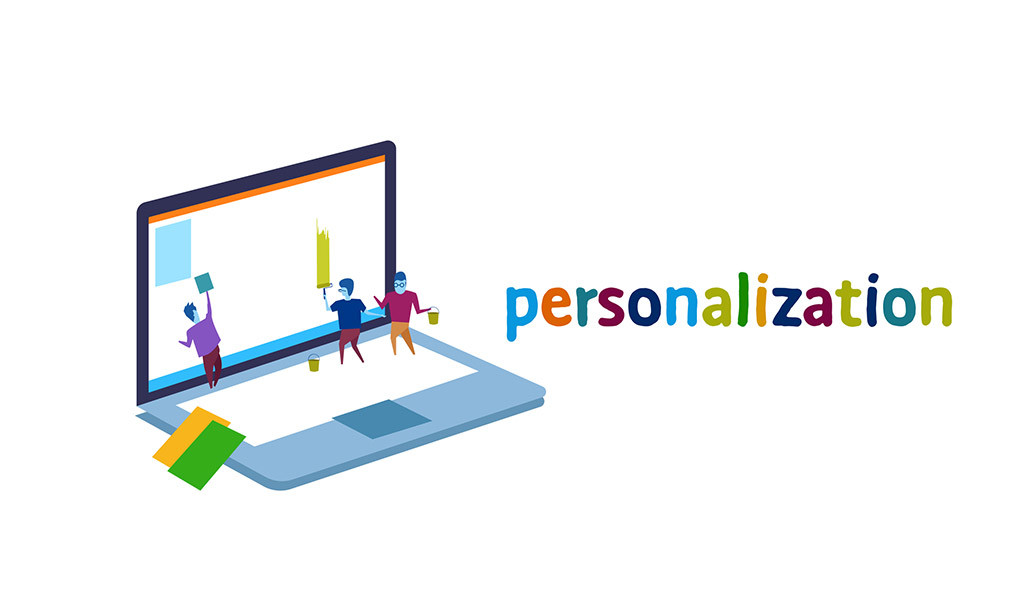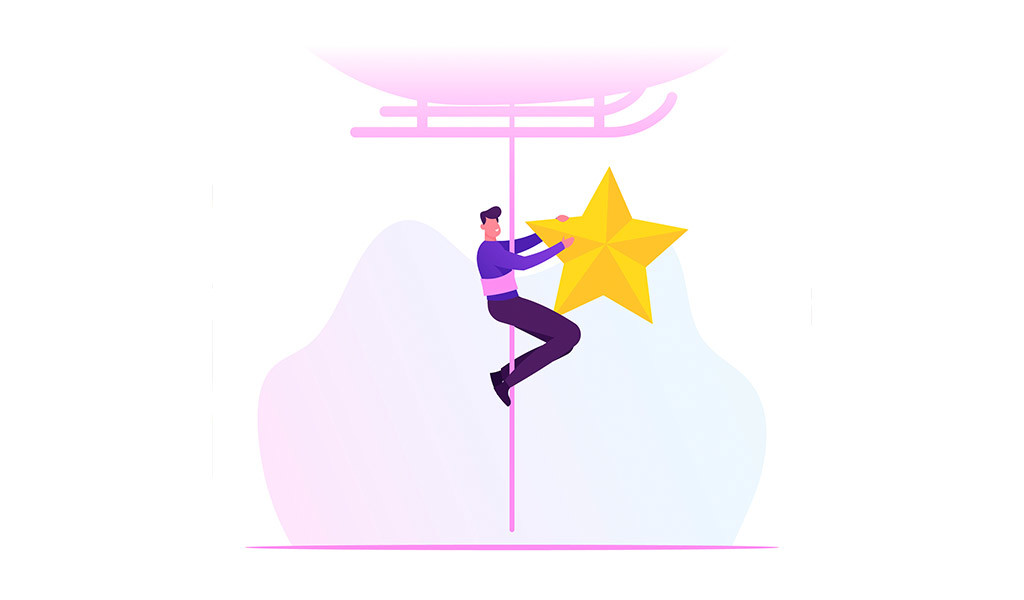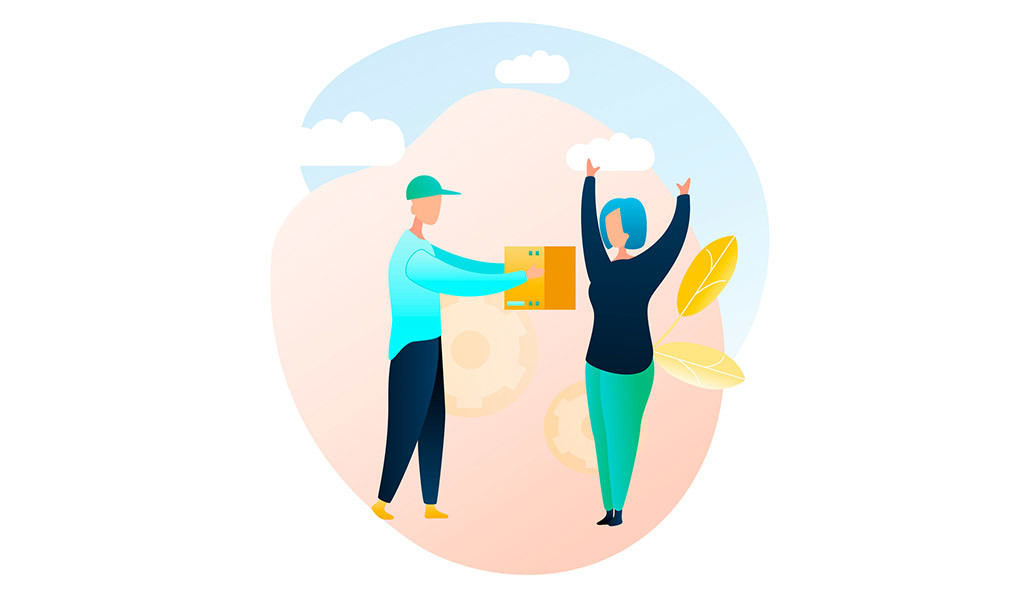
According to recent research, 89% of companies compete primarily on the basis of their customer’s experience, which is a huge leap from the meager 36% back in 2010.
It’s becoming ever more important in our fast-paced consumer world to give customers not only the seamless and exceptional customer experience but also a unique and personal journey, from the moment they land on your web page, to make the crucial purchase and beyond.
The important takeaway from the experts is that although 80% of companies believe they deliver “super experiences,” only 8% of their customers agree!
The research above shows that although it’s quite clear that companies do understand the importance of giving stellar customer experiences, they still have a lot of work to do!
So how do you give your customers the very best service you can? In this article, we are going to explore how personalizing your customer’s journey is likely to retain your existing customers and more importantly build your brand.
Let’s start by looking at the short answer as to why giving your customers a personalized experience is so important to your business growth.
Why does personalization matter? It’s more important than ever to give your customers and clients a seamless, bespoke journey. By personalizing their journey, you are more likely to drive growth and retention. Deploying Multi channels and identifying customer segments is important in creating a personalization strategy for your business.
Now that we’ve seen the short answer as to why personalizing your client and customer journey is imperative to your business, in order to understand why it’s so important to get it right, let’s start by looking at what customer personalization really is.
What is a customer personalization strategy?
If we look at the exact definition, personalization is a marketing strategy by which companies use data analysis and digital technology to present individualized messages and product offerings to their current or new prospective customers.
A personalization strategy allows you to identify segments of visitors with specific preferences or needs, then create a unique and targeted experience for them. In addition, personalized marketing simply refers to the process of tailoring your marketing messages to meet with the requirements of an individual or group of customers.
“A personalization strategy allows you to identify segments of visitors with distinct preferences or needs, then create targeted experiences for them.”
So now we can understand a little more as to what a personalization process is, let’s look at some reasons why it’s so important to make sure your business has a great personalization process for your customers and clients.

Why do I need a customer personalization strategy?
Giving your hard-earned clients a personalized approach has become a staple in the modern marketer’s overall strategy.
Recent studies show this trend is here to stay. For instance, over 60% of consumers expect companies to send personalized offers or discounts based on items they’ve already purchased.
Today’s buyers live in a world where information is fired at them from angels day in and day out. Every day, countless brand messages from companies are competing to win their business. So it’s crucially important that you know to reach your target audience.
By providing a seamless journey for your customers, you are likely to reap the benefits of the below:
- Lead generation Those companies customizing their content, they can expect to generate more leads than their competitors who aren’t providing such a service
- Relationship building Personalized content allows you to get much closer to the consumers and build up a personal bond between them and your brand.
- Customer retention Offering your customers a journey unique to them improves customer loyalty and turns simple consumers into your brand ambassadors
- Improved customer experience Tailored offers make customers feel satisfied, appreciate and less likely to block your customer service channels with complaints or issues
- Higher conversion rate More personalized offers drive higher conversion from customers who are merely browsing, to those who will buy.
So now we know many important reasons why you need to understand your customers and why it’s important to give each of them a unique experience, let’s delve a little deeper into how we go about creating a great customer personalization plan.
How do I create a stellar personalized marketing strategy?
According to McKinsey, personalization will be the main driver to ensure marketing and customer service success in the next five years. By now, all the smart companies will have realized that personalized marketing is, in fact, the future of the industry.
Consumers absolutely demand highly targeted, and personalized content from the brands they are loyal too. This can sometimes pose a problem, as to how can you personalize content for thousands of customers without giving your customer service and marketing teams a breakdown?
Let’s take a look below at ways in which we can make sure we relate individually to each and every one of our customers.
“According to McKinsey, personalization will be the main driver to ensure marketing and customer service success in the next five years.”
Collect data
If you want to provide consumers with personalized content, it’s important to analyze all your customer-related data. It’s the important initial step you need to take in order to acquire valuable feedback to enable you to design a working strategy. Here are three ways to get started.
- Conduct opinion polls and customer surveys
- Track all social media comments from social media followers and email subscribers
- Website analytics to reveal user behavior
Segment your audience
While segmentation attempts to group prospects into similar groups, personalization represents the ultimate goal of customizing the person’s experience to their individual needs and desires. This is based on the in-depth information and insights you have discovered.
Personalization and segmentation are often used interchangeably and can be seen as similar. Both use information gathered about the marketing prospect to customize their experience. It’s easy to think of them as points along a line of customized messaging.
Once you get enough material to work with, you can easily segment your audience based on various indicators. This will create the main theme for future content creation activities.
- Location Group your customers into local, regional and global markets
- Education and annual income Well-educated individuals analyze offers thoroughly and generally make the most data-driven decisions
- Online shopping habits These help to show the personal interests of your prospective customers
- Age and gender its important to understand that ages and gender will yield different buying characteristics.
Execute your strategy across multi-channels
Sophisticated technology such as incentive or recommendation tools can actually deliver targeted messages that are specifically designed for certain results.
Personalized incentives will take into account how a single customer has responded to previous incentives so you are more easily able to deliver the best deal to them for maximum returns. For traditional platforms, adding dynamic content is one of the ways to achieve this.
Once this data has been collected and segmented into specific consumer profiles, businesses can begin executing their strategy across all channels, platforms, and sites. Common channels include email, social media, web, and also third-party ads.
A seamless journey
Once a customer moves something into their cart, it doesn’t mean the journey is over. According to recent
research from Baymard up 70% of visitors reach the cart stage, only to then leave without buying. The statistics don’t end there, as according to those experts, it can be as many as 90% of your customers will put an item in their cart, and not actually make the purchase!
To rectify this, reminder emails are the perfect way of promoting the shopper to return to the cart as it keeps in an important position in his mind and inbox! This way you can also encourage one purchase only shoppers to become repeat and loyal customers. This is imperative to your overall growth as a business.
It’s crucial to ensure that personalized messaging hits every point along every stage of your customer’s digital journey.
Just as your offline customers can learn, shop, browse and ask questions in real-time, it’s important to make sure your online customers have the same avenues open to them in exploring your goods and services and what’s on offer to them.
A crucial part of your personalization strategy is to make sure your existing customers and potential customers to adequately engaged and provided for while browsing, cart, and purchase, the three crucial stages of the digital customer journey.
At the beginning of your customer’s journey, you could offer incentives or recommendations to whet your customer’s appetite for other products you deliver. this could be along the lines of similar customers also bought.. which shows customers related items most likely to interest them, based on their historical product browsing.
“It’s crucial to ensure that personalized messaging hits every point along every stage of your customer’s digital journey.”

Time to reflect
Just like any other process, personalized marketing practices require continuous review and optimization to ensure 100% effectiveness. A best practice is to let campaigns run for a couple of weeks and then analyze the results. This way, your team will have an accurate impression of actual progress over time, rather than a quick snapshot of how your personalization strategy is progressing.
It’s also important to remember to double-check all of your technological integrations, to make sure you have a good overview of the entire process.
During the personalization process, it’s wise to take a step back periodically and evaluate strategies or other elements of your personalized campaign. Time to ask yourself such questions as:
- Has there been any new consumer feedback to integrate into the strategy?
- Is technology working ok?
- Is there any fine-tuning of automation tools required?
Asking these questions will ensure the maximum customer satisfaction and effectiveness of your program.
And finally…
So, we hope you have started the process of connecting with your customers in a really authentic, bespoke way in creating the perfect personalization strategy, in order to significantly grow your customer base and more importantly, remain competitive.
If you’re looking for a way to seamlessly incorporate all your communications channels into one easy to manage platform – one that all your agents can access, one that can scale as your business scales with modular effect, then you may want to think about adding CommBox into your business.
With CommBox, your costs can be kept lower, with few agents, yet servicing more customers, across a greater number of social media and other communication channels. Why not give go to our contact page, and get in touch with us, our agents will be happy to assist you.
Let’s end on a quote by social media strategist and author Paul Gillin.
“Personalization is pointless without knowing the individual. Understand the dreams, hopes, and fears that motivate your customers then hit them where it counts.” – Paul Gillin